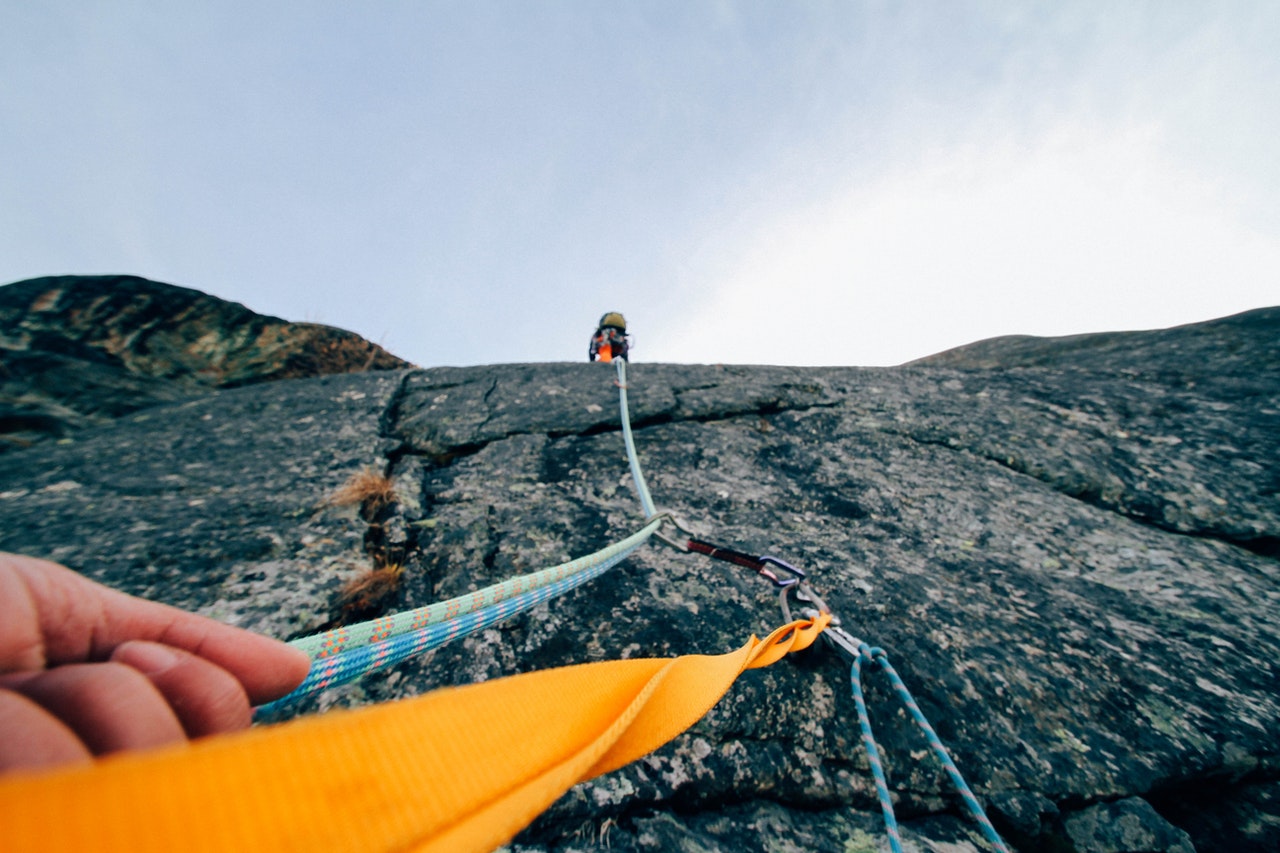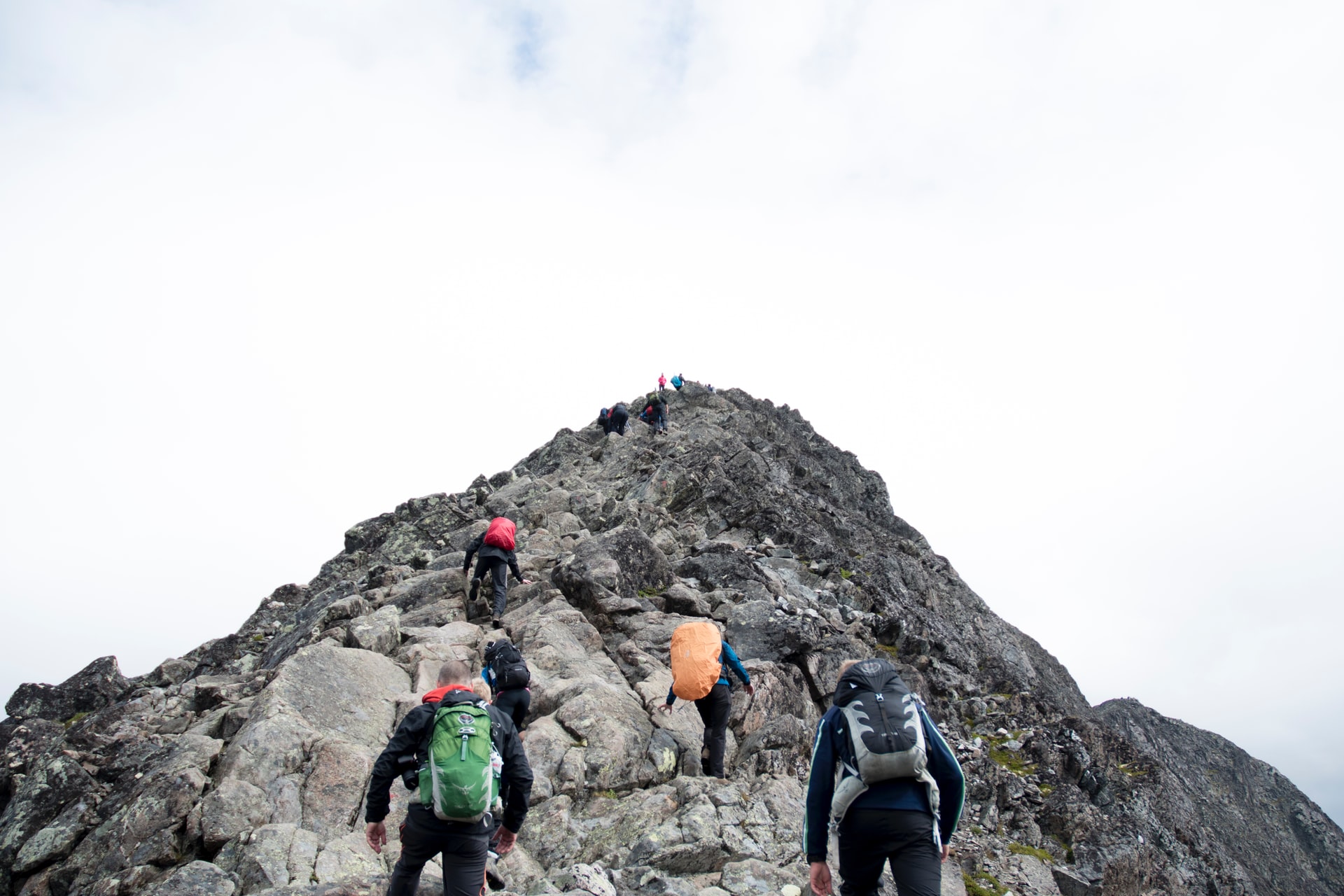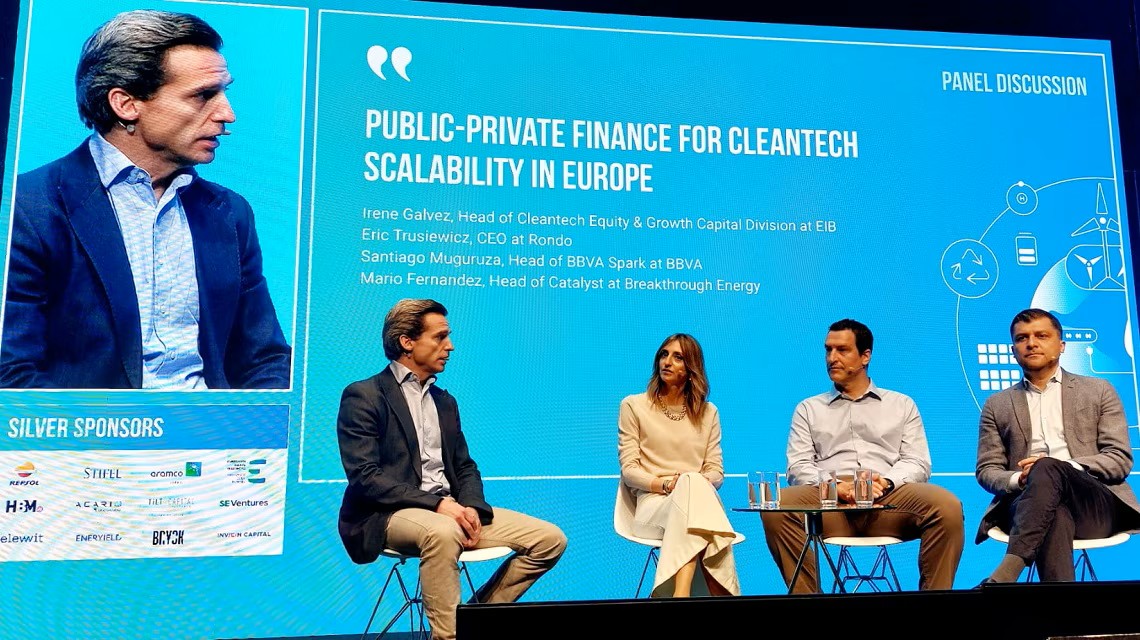Open innovation: five steps to making collaboration work
In the collaboration journey between startups and businesses, there are many stages to bear in mind to ensure that the relationship is as fruitful and valuable as possible. For BBVA there are five key stages: exploration, discovery, connection, acceleration and scaling. Interesting conclusions can be drawn from BBVA’s experience in the fintech entrepreneurial ecosystem, which are globally applicable, to make innovation successful
Open innovation has become a common feature in large corporations that have recognised the importance of the two words that make up this expression. Innovation is imperative – in processes, services, technology, and even in the minds of the teams themselves. But a very important term is added to this, and that is to innovate openly.
The pandemic has forced many closures – doors, projects and plans have all closed. But innovation goes on, more open than ever. Thanks to digitalisation, globalisation and people’s efforts, ideas haven’t stopped travelling. At BBVA, “we’re open and we’re working,” as head of BBVA Open Innovation Portugal and master of ceremonies, Andreia Madeira, stated at the recent BBVA Open Talks on open innovation, Yes! We are open!.
Portugal hosted a digital meeting that was attended by Spain, Mexico, Peru and Colombia, during which the different stages of the open innovation journey were reviewed with experts from BBVA and the fintech ecosystem. Five countries, five talks and the best practices to connect with the entrepreneurial ecosystem.
Stage 1: Exploration
The innovation journey is an adventure, which at the bank has been consolidated with the seed project. The first step is to explore the territory. To do this, you have to be clear on what you’re looking for.
“At BBVA we were trying to attract talent, but once identified, it was hard for the lines of business to feel a match with the startups”, explains Marta Viñas, head of Internal Ecosystems for BBVA Open Innovation. That’s why they turned the exploration process on its head: “We asked the different business areas to tell us what their needs were, and from there we implemented scouting and search tools to connect them with solutions”.
With this in place, how do you explore the world of open innovation? The expert indicates that the first thing to do is to embrace the term. “Open innovation means getting out of your comfort zone, breaking down barriers and connecting with other organisations and ecosystems”, states Viñas. It’s also key to remember the importance of “constantly reinventing yourself using knowledge and feedback from others”.

In this sense, Claudia Ganoza, senior manager at BBVA Open Innovation Peru, added that they are “aware that one of the critical factors to making the ecosystem grow is to open up to collaboration”.
Stage 2: Discovery
We’ve already decided what we’re going to look for during this exploration. How does the moment of discovery occur? The moment when what’s been found and the opportunity collide? “We advocate a collision between countries. We have a strategy that is grounded in different locations, proof of which is this global event, highlighting the importance of our openness to the world”, says Madeira.
The question at the moment is how to keep that map alive in the face of the situation generated by coronavirus. “The main difference is that this discovery stage used to be done in person. Now there’s a divide because startups are used to digital, but large corporations are not particularly“, explains Nancy Brito from Portugal, an expert in open innovation. This delocalisation also has advantages: “Now we can get to geographies where before it wasn’t very easy due to distance,” says the expert.
Map and compass in hand, it will be necessary to create new digital tools that make discovery possible. Brito uses as an example one that she used during the virtual Collision event in Canada. “It was a kind of dating app that allowed me to connect with 15 people in an hour, based on their profiles, in a direct and functional way.”
Stage 3: Connection
BBVA’s connection process looks to “bring the best of the entrepreneurial ecosystem to renew and transform the financial sector”, explains David Duarte, Innovation Strategist at BBVA Colombia, who also took part in the Open Talks. This connection takes place as part of two processes at BBVA – Connection Festivals, sessions where the discovered startups present their proposal to the lines of business, and Fast Tracks, where there’s an agile and transparent connection that includes pilot tests. The challenge is keeping all of these processes active during the pandemic as well.

“We have digitised the process via our Open Marketplace platform, where we not only log connections with startups, but where we can also store all the information relating to the initiatives and present it remotely”, explains Duarte. “Nowadays we have the option of carrying out a 100% digital Fast Track“.
Pablo Albani, founder of the Argentinian startup Acordar, affirms the advantages of a virtual connection. “Financing trips is hard. Doing things digitally breaks down that barrier“, he says. For Albani, as a startup, “you have to be where the people who make the business decisions are”, and as a business, “you have to digitise the company’s knowledge, as BBVA has done.”
Stage 4: Acceleration
Explore, discover, connect… and find the perfect impetus to accelerate your journey. That’s the next phase. As an example of success, at the event the Mexican company Bonnus introduced their “platform that unexpectedly rewards the actions that people carry out in apps or on websites”, according to its co-founder and CCO Jordi Pérez Alcalá.
Bonnus was chosen to participate in the BBVA Open Sandbox programme in Mexico, and he confirms that it was “a trigger” for their acceleration as a fintech. “The results were excellent because we accelerated all transactions on one of our projects by more than 30%”, Pérez says. From that point, their collaborations and projects began to take off.
Stage 5: Scaling

Lastly, all that remains is to scale opportunities, not just to reach the summit of the first mountain, but to conquer many more. Services are scaled up, countries are scaled up, and scaling happens directly with the startups themselves. BBVA has reviewed over 5,000 of them since 2017, managing to run 78 pilots. “The last stop on the journey is the most beautiful part of this whole effort, the work of so many people, where open innovation becomes tangible”, said Ainhoa Campo, global head of Open Innovation at BBVA, bringing the event to a close from Spain.
The expert also recalled the importance of learning from processes. “All along the journey we have the opportunity to better understand what we are looking for in startups“, she stated. With such lessons in the bag, entrepreneurs and businesses are ready to continue the open innovation adventure.



